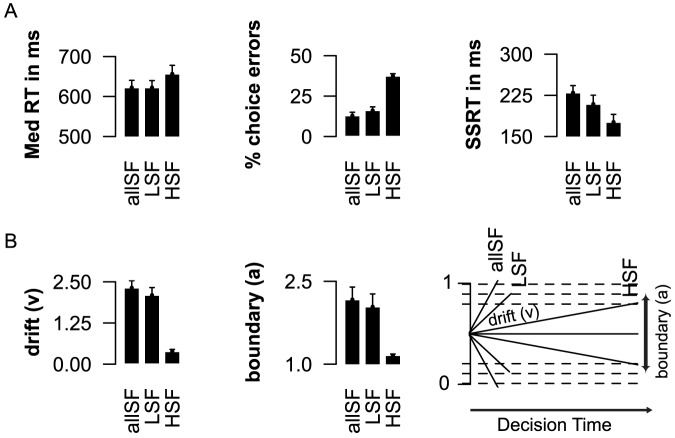Figure 4. Experiment 1: Effects of spatial frequency information during the visual stop task.
A) Both Go RT (left panel) and  choice errors (middle panel) increased when spatial frequency information was degraded. There right panel shows how the efficiency to withdraw a response (SSRT) improves, when categorization is more difficult. B) HDDM individual subject parameter estimates. When spatial frequency information was removed, the rate of information accumulation, “drift rate” (
choice errors (middle panel) increased when spatial frequency information was degraded. There right panel shows how the efficiency to withdraw a response (SSRT) improves, when categorization is more difficult. B) HDDM individual subject parameter estimates. When spatial frequency information was removed, the rate of information accumulation, “drift rate” ( ) decreased (left panel), whereas the decision “boundary” (
) decreased (left panel), whereas the decision “boundary” ( ) to categorize the face stimuli on time was lowered (middle panel). The right panel illustrates how lower drift rates, and decision boundaries together can result in prolonged RT and more errors.
) to categorize the face stimuli on time was lowered (middle panel). The right panel illustrates how lower drift rates, and decision boundaries together can result in prolonged RT and more errors.

